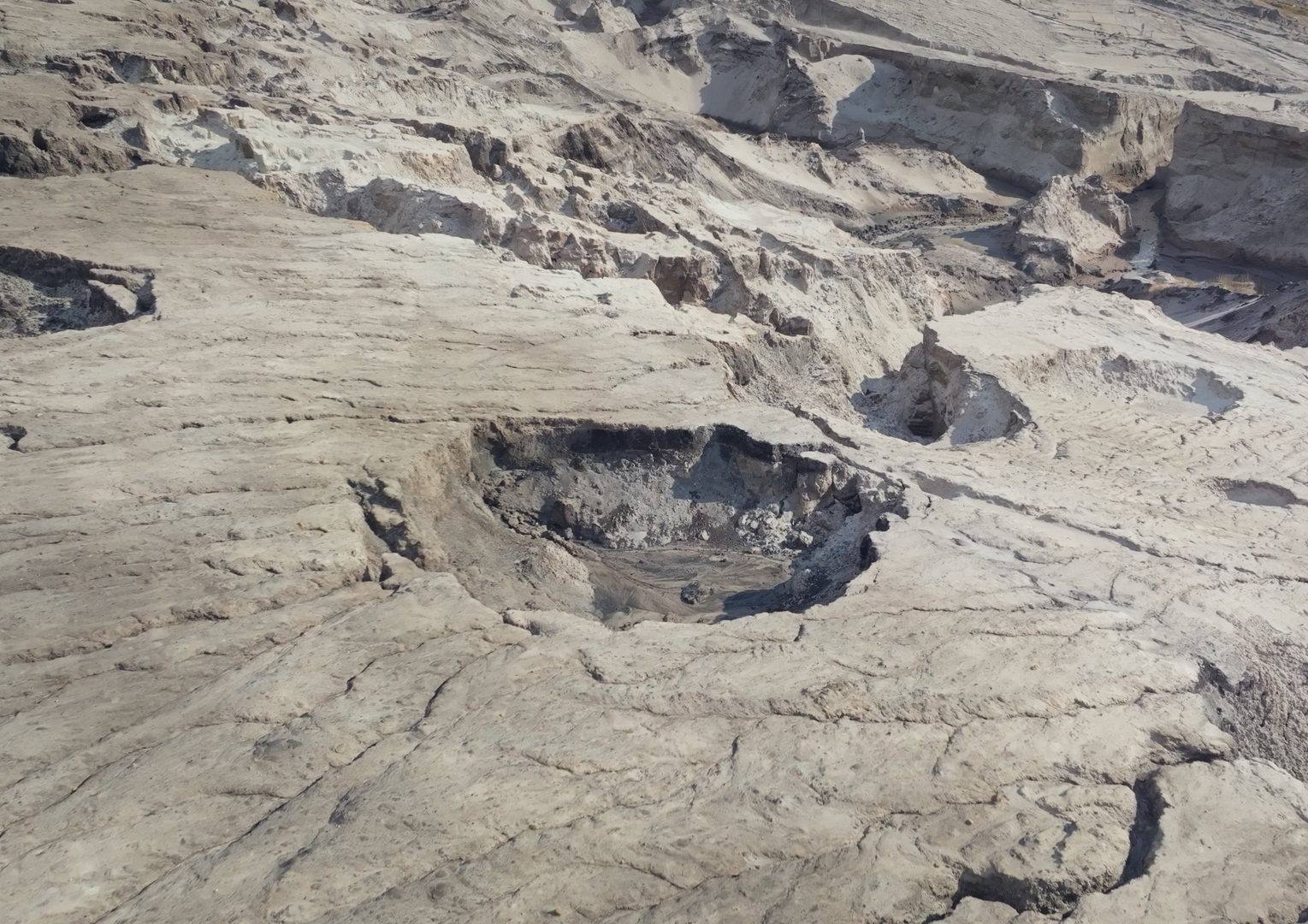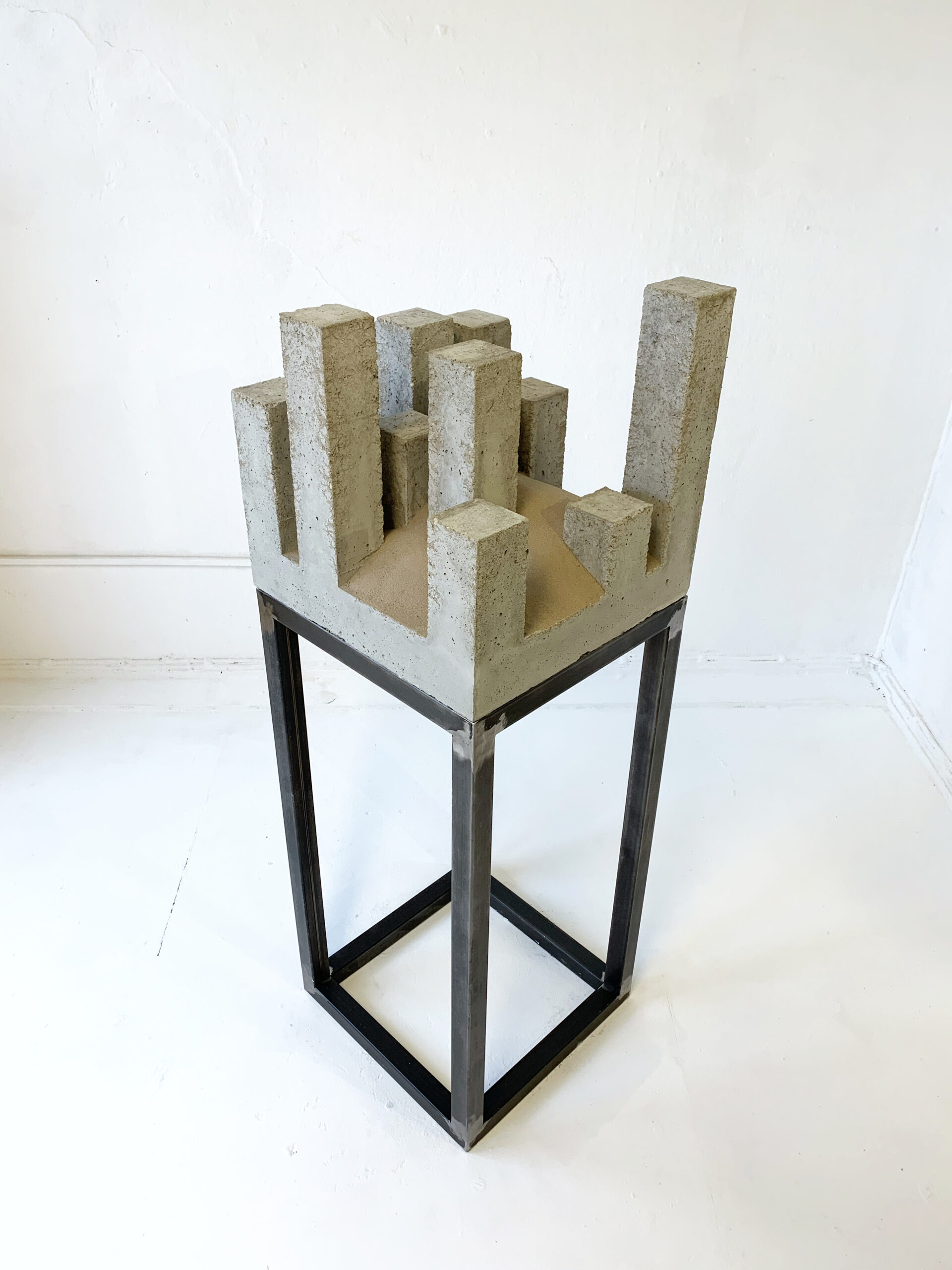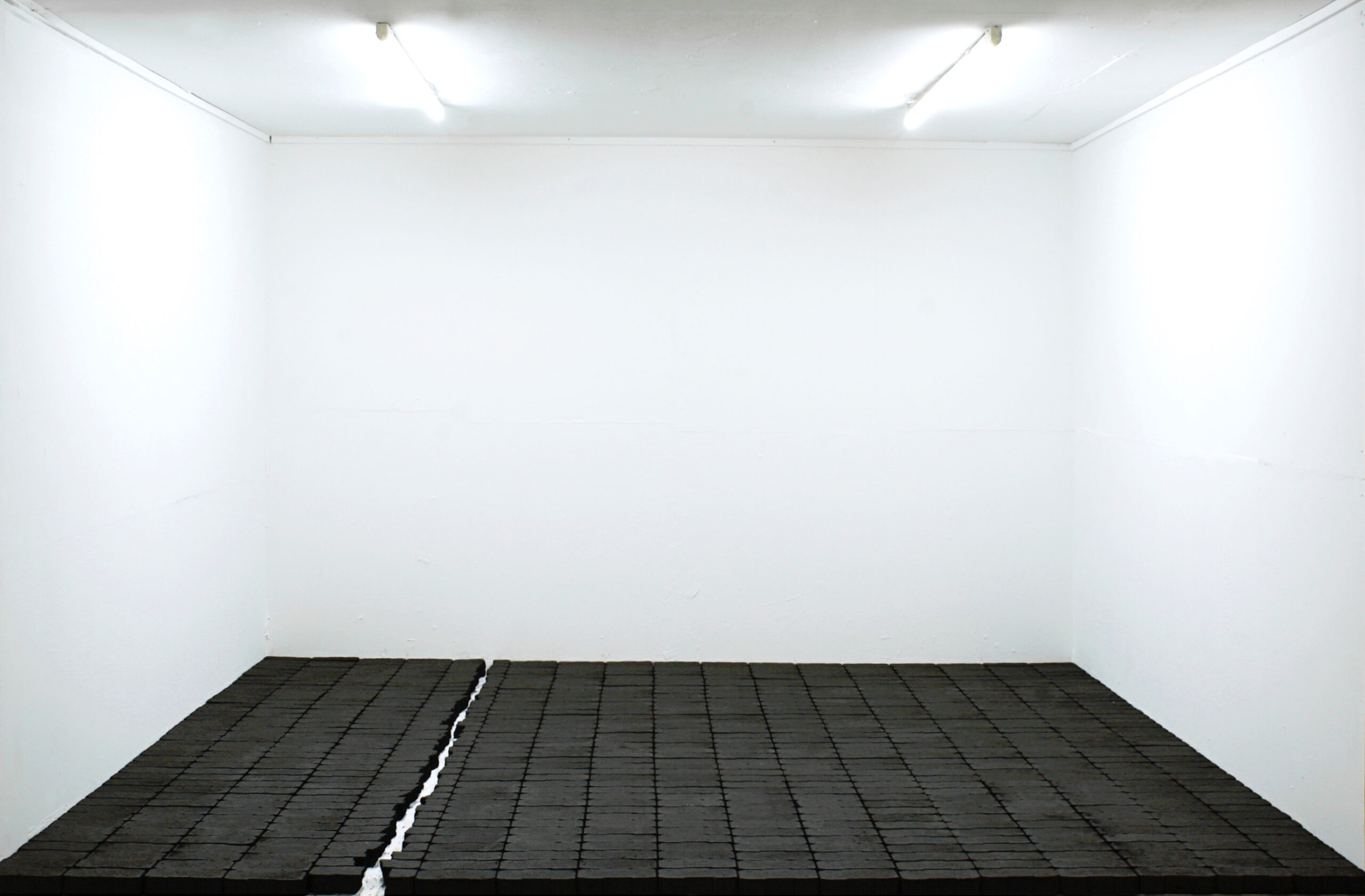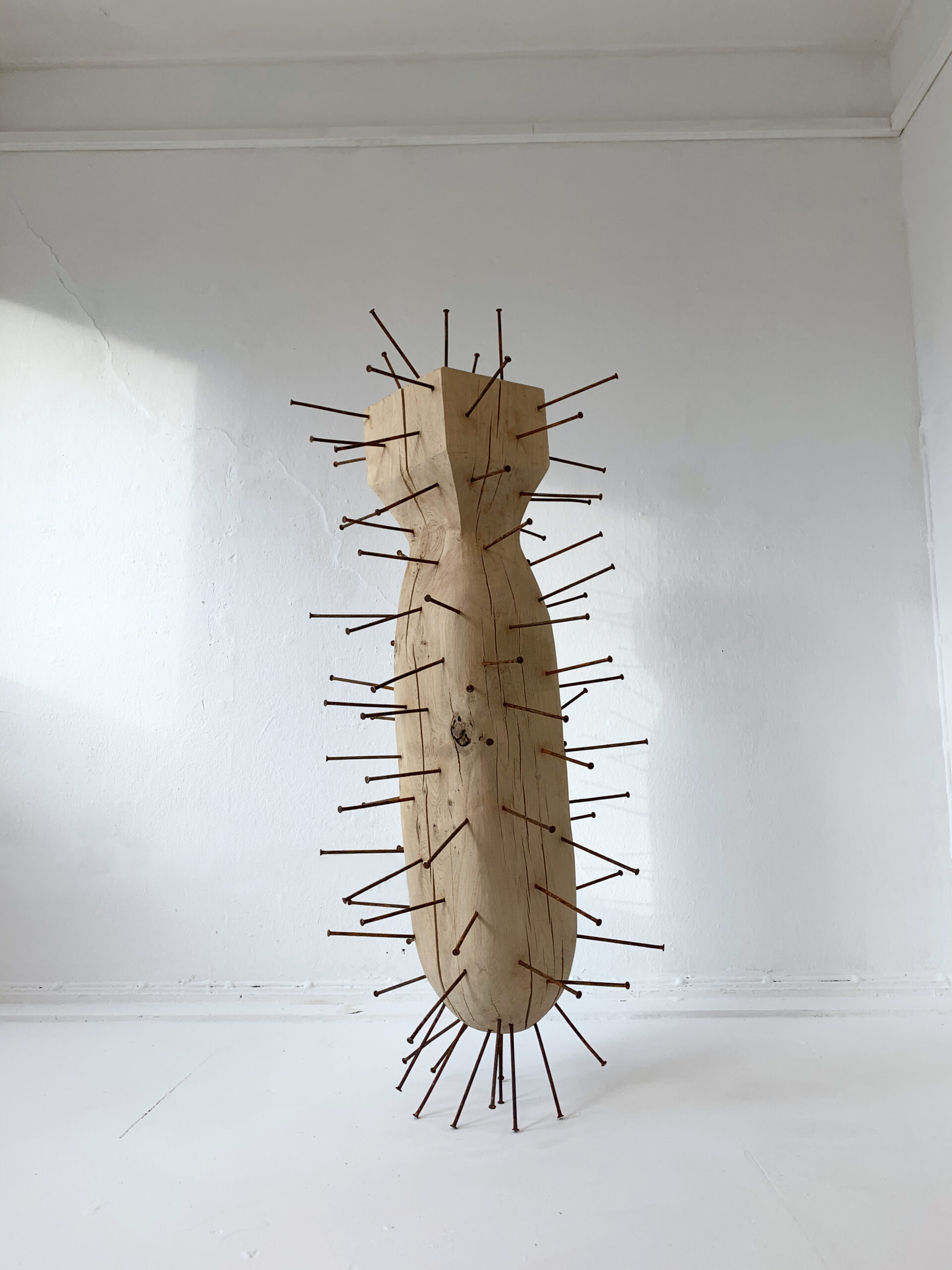
Vier Jahreszeiten
Bee, Epoxy Resin, 4 x 4 x 4 cm
Exhibited at Kunsthalle Wilhelmshaven, Groupshow (15.01. – 20.02.2022)
The resin of trees on Madagascar that has solidified into copal can be considered the amber of the Earth’s recent history. Unlike amber, the softer copal group is not measured in millions of years, which may be only decades, or at most thousands of years old. In samples of this Madagascar copal, inclusions of insects and plants have been found, but also radiation effects of the Hiroshima atomic bomb have been detected.
The work shows a bee enclosed in epoxy resin in the form of a cube (4 x 4 x 4 cm). About 90% of these bees have disappeared in recent years, blamed among other things on synthetic pesticides. Bees maintain the mechanism of pollination, which is relevant for up to 70 % of agricultural production.
Instead of the organic resin of the trees, the man-made resin now surrounds the insect. Like the first bee found in 100 million year old amber in Myanmar, it may now be the last of its kind to be found in many millions of years. The format of the cube can be understood as a reference to man’s quest for geometrisation.
“Once the bee disappears from the earth, man has only four years to live”
Albert Einstein

Biene, Epoxidharz, 4 x 4 x 4 cm
Ausgestellt in der Kunsthalle Wilhelmshaven, Gruppenausstellung (15.01. – 20.02.2022)
Das zu Copal verfestigte Harz von Bäumen auf Madagaskar kann als das Bernstein der jüngeren Erdgeschichte betrachtet werden. Im Gegensatz zum Bernstein, wird die weichere Copalgruppe nicht in Jahrmillionen gemessen, welche unter Umständen nur Jahrzente, höchstens bis Jahrtausende alt ist. In Proben dieses Madagaskar Copals wurden Einschlüsse von Insekten und Pflanzen gefunden, aber auch Strahlenwerteffekte der Hiroshima Atombombe nachgewiesen.
Die Arbeit zeigt eine Biene umschlossen von Epoxidharz in Form eines Würfels (4 x 4 x 4 cm). Etwa 90 % dieser Bienen sind in den letzten Jahren verschwunden, verantwortlich gemacht werden dafür u.a. synthetische Pestizide. Bienen halten den Mechanismus der Bestäubung aufrecht, welcher für bis zu 70 % der landwirtschaftlichen Produktion relevant ist.
Anstelle des organischen Harzes der Bäume, umschließt nun das menschgemachte Harz das Insekt. So wie die erste Biene, welche in 100 Mio. Jahre altem Bernstein in Myanmar gefunden wurde, kann diese nun als letzte ihrer Art in vielen Mio. Jahren gefunden werden. Das Format des Würfels kann als Verweis an das Bestreben des Menschen zur Geometrisierung verstanden werden.
„Wenn die Biene einmal von der Erde verschwindet, hat der Mensch nur noch vier Jahre zu leben“
Albert Einstein











